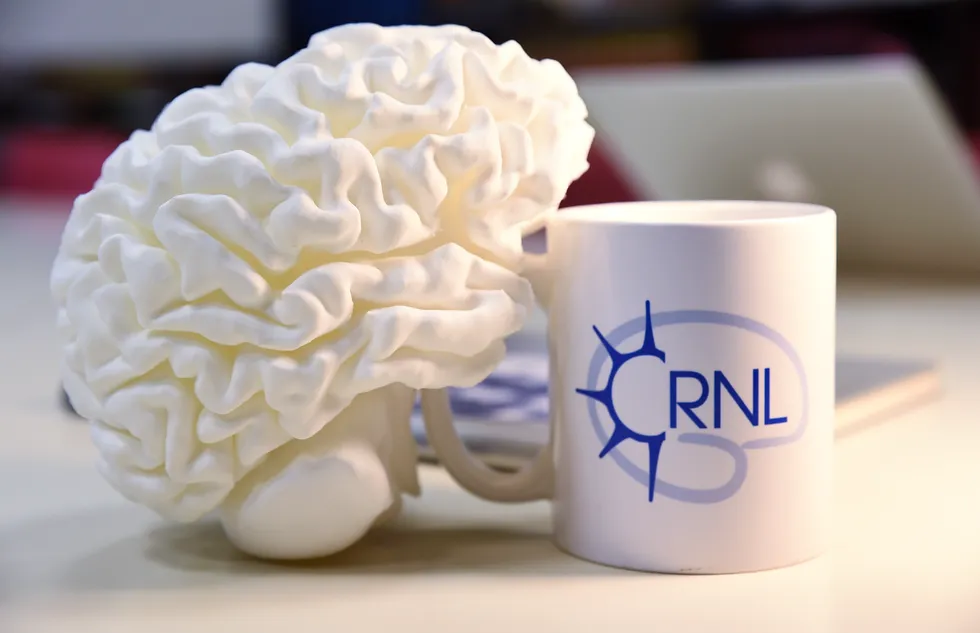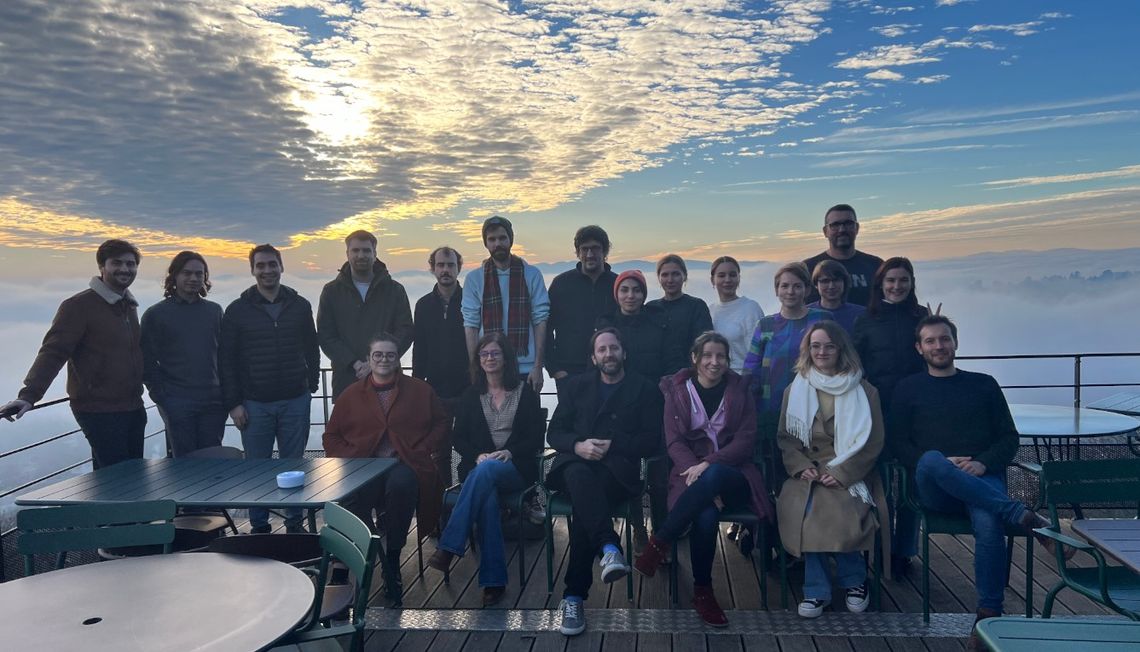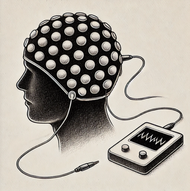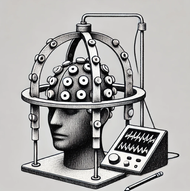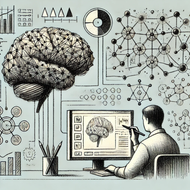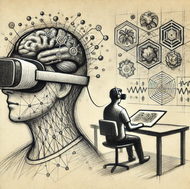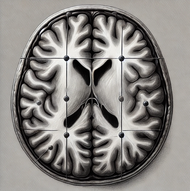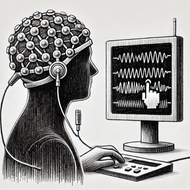COPHY team
Cognition, Computation, Neurophysiology Research team hosted at the Center for Neuroscience Research of Lyon (CRNL) and affiliated to INSERM, CNRS, and UCBL.We are an international team of researchers, engineers, clinicians and students interested in studying brain networks, to shed light on information processing, its modulation by attention, prediction and learning, as well as the intricate coupling between action and perception.
Our contributions range from theoretical work to methodological developments, clinical applications and valorisation. Perception is a dynamic, subjective and active process that depends on attention, learning, predictions and our interactions with the environment. We study active perception from a neurophysiological, behavioural, computational and pharmacological perspectives. Our research combines (1) cross-species in-vivo observations of brain electrical and neurotransmitter dynamics in health and pathology; (2) in silico models, including Bayesian models, neural mass models and spiking neural networks; (3) in vitro neuronal network measurements. Our aim is to innovate in neurotechnologies in the broadest sense, both for research and for clinical applications, particularly in neurodevelopmental disorders.
Our research
COPHY tackles active perception from its two sides: the mental one directly linked to behaviour, and the neurophysiological one. Not only we will rely and contribute to state-of-the-art theories of brain functions, but our originality is to link perception as (active) Bayesian inference and perception as flexible adjustment of nested neuronal oscillations. We rely on this original approach to identify and validate new dynamic markers of typical and pathological prediction, attention and learning which we exploit in innovative clinical brain-computer interfaces.
Active perception is probabilistic in nature and rests on an internal model of the world that makes predictions, and updates them through learning by experience/observation. In this axis, we aim at developing such models and confront them to behavioural responses, on the one hand, and to further identify the neural implementation of such computations, on the other hand.
In-vivo approaches developed at Cophy to test our own ideas on the computational role (e.g. setting of flexible and specific communication between two groups of neurons as illustrated on the central brain) and on the laminar profile of brain rhythms using high resolution neuroimaging (macroscale level). We use also in-silico approaches to further tackle these questions and relate them to behaviour using neural networks at the mesoscale level (i.e. based on neural mass models that emulate the summed activity over layers) and at a more microscale level (Spiking neural networks in which we can both record the activity of individual neurons and of population of neurons) . These networks can be traited to perform attention and prediction tasks similar to human agents
Cophy also aims at validing models of brain function and communication using innovant in vitro systems such as cell assemblies and population networks in 2D and 3D, as well as to the instantiation of identified biomarkers and developed models from axis 1 and 2, in non-invasive brain-computer interfaces and cognitive tasks for clinical applications.

COPHY ambitions to shed light onto the intricate computational processes and physiological mechanisms that govern the multiscale dynamics of active perception in the brain. Our commitment spans the exploration of these phenomena in the visual, auditory and sensorimotor domains. Precisely, we will investigate how attention, prediction, learning and interactions with the environment shape our perception and ensuing behaviour.
The team's objective is to forge connections between computational principles and their neuronal implementations, and to establish the most direct path between fundamental research and innovations in medicine and neurotechnology. In our work, we intend to span and link the different spatial and temporal scales of neural network dynamics and cognitive processes. Therefore, we will combine empirical models (from in vitro cell assemblies to animal models and human subjects) and several techniques to observe brain dynamics in vivo.
Our location within the Lyon Neurocampus is ideal to pursue these objectives, giving us privileged access to all the platforms and experimental facilities we need, as well as to the patient populations we are targeting.
Methods & Tools
EEG, MEG, OPM, BCI, fMRI, iEEG, Eye-tracking, Neuromodulation, VR, Optogenetics, Calcium imaging, Pharmacology, Modelling (RL, ML, AI)
News
Latest publications
Click here for the whole list or any title for details
